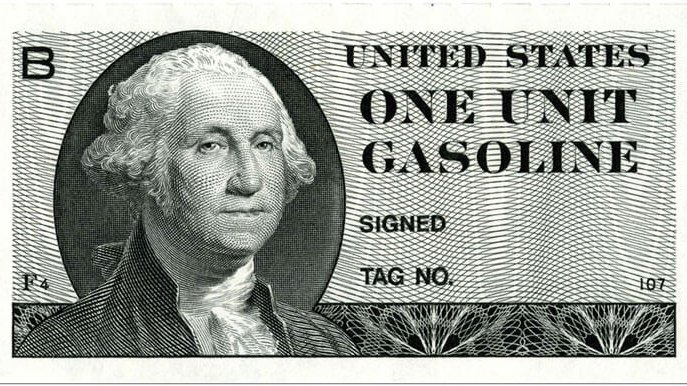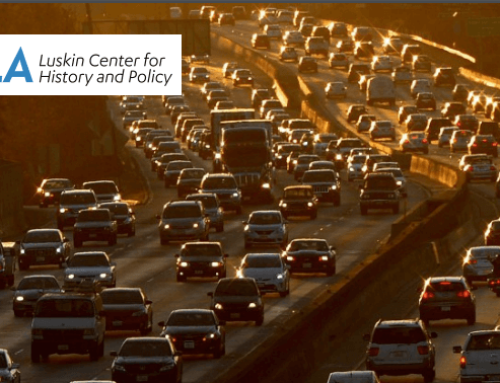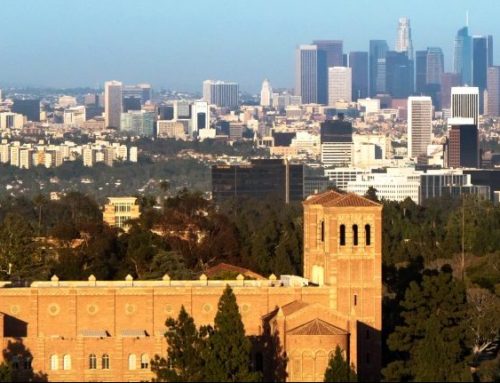In a new essay from the UCLA Institute of Transportation Studies, urban planning associate professor Michael Manville uses the gasoline shortage of the 1970s to explain what happens when goods are underpriced and explore how the country today can solve its congestion problem by accurately pricing its roads.
On Aug. 15, 1971, President Richard Nixon announced that he was freezing all wages, prices, and rents for 90 days to combat inflation in the country. As a result, gas prices were artificially low and gas stations around the country experienced extreme shortages. Americans waited in long lines for gas — sometimes for hours — and some even resorted to violent confrontations with other drivers over gas. Because of the low prices, Manville said, there was no incentive for producers to make more gas and for consumers to reduce “panic buying” when they could get a hold of it. However, even with nationwide gas shortages, the public was avidly opposed to raising gas prices, similar to the public’s attitude toward pricing roads today.
In 1979, President Jimmy Carter asked Congress to remove pricing controls and allowed gasoline prices to “do their work.” Since then, Americans have not seen gasoline shortages and hours-long lines at gas stations are a thing of the past.
In that same vein, Manville said that Americans today endure large amounts of stress to revolve their commutes around not being in traffic. However, if the country were to learn from its past experience with oil and gasoline, and price the roads, congestion would decrease. With a price, our road system would operate like any other utility — water, electricity, or even gas — and function no matter how fast the demand increased.




